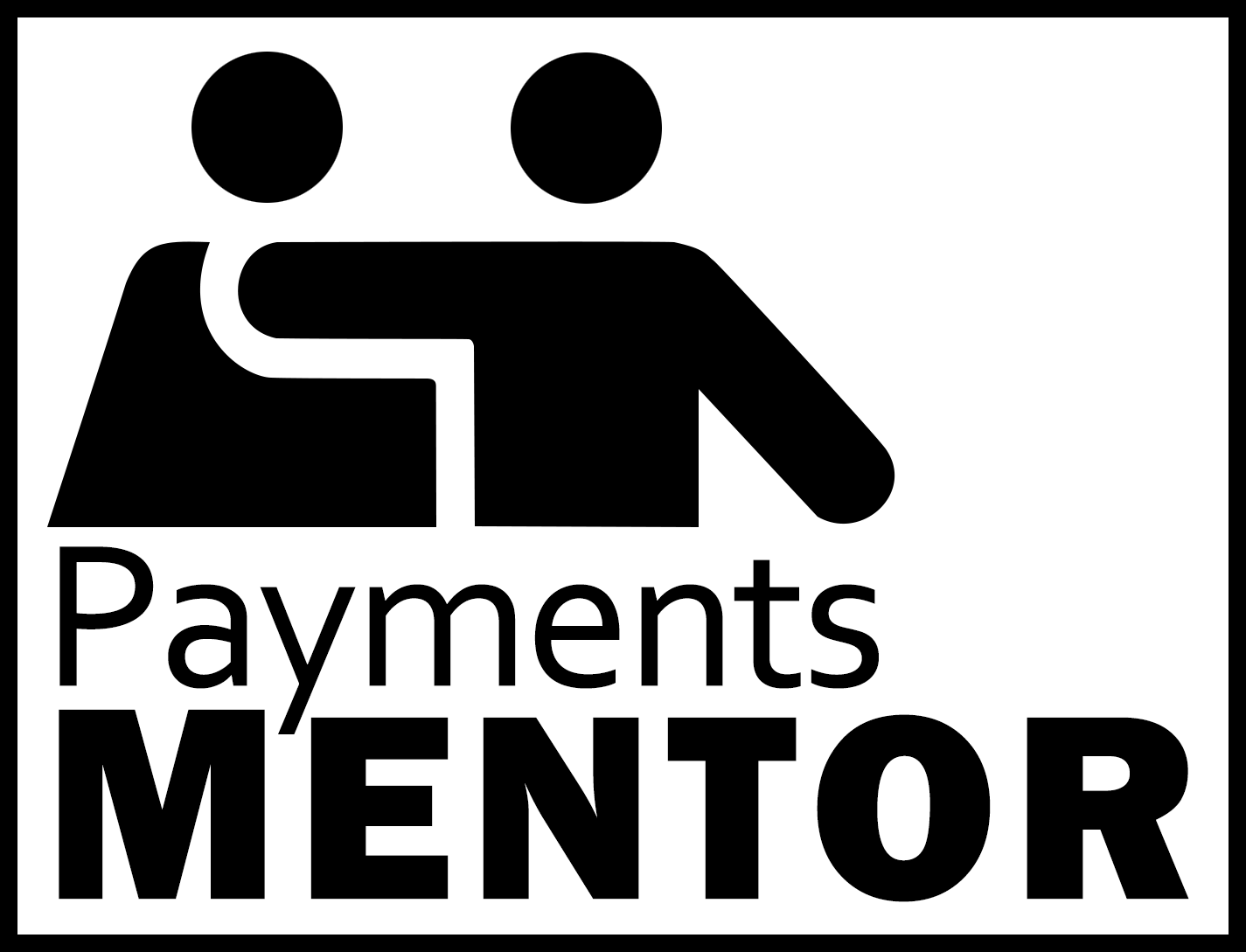As a business owner, you’re likely familiar with the various costs associated with accepting credit and debit card payments. One of the most significant expenses you’ll encounter is interchange fees, which can have a substantial impact on your bottom line.
Understanding what interchange fees are and how they work is crucial for managing your payment processing costs effectively. By gaining a clear grasp of the factors that influence these fees, you can make informed decisions about your payment acceptance strategies and pricing models.
In this article, we’ll dive deep into the world of interchange fees, exploring their purpose, the key players involved, and the variables that determine how much you’ll pay for each transaction. We’ll also discuss practical strategies for optimizing your interchange costs and minimizing their impact on your business’s profitability.

What is Interchange?
- Definition: Interchange fees are transaction fees charged between banks for processing credit and debit card payments. When a customer makes a purchase using a card, the business’s acquiring bank pays the interchange fee to the cardholder’s issuing bank.
- Purpose: Interchange fees serve several purposes. They compensate issuing banks for the costs associated with providing and maintaining payment cards, managing accounts, and assuming the risk of extending credit. Higher interchange fees can also incentivize issuing banks to promote card usage, benefiting the banks and card networks. Additionally, these fees help support the maintenance and operation of the card networks, covering costs related to infrastructure, fraud prevention, and other services.
- Key parties involved: The primary entities involved in the interchange process are the issuing banks, which provide cards to consumers; the acquiring banks, which facilitate payment processing for businesses; and the card networks, such as Visa, Mastercard, Discover, and American Express, which set the interchange rates and govern the payment ecosystem.
Factors Affecting Interchange Fees
- Type of card: The type of card used in a transaction significantly influences the interchange fee. Rewards cards, business cards, and premium cards typically have higher interchange fees compared to standard debit or credit cards. Issuing banks often use these higher fees to fund cardholder reward programs.
- Transaction method: The way a card is processed also affects the interchange fee. Card-present transactions, where the customer physically swipes, inserts, or taps their card at a point-of-sale terminal, generally have lower fees than card-not-present transactions, such as online or over-the-phone payments. This difference is due to the increased risk of fraud associated with card-not-present transactions.
- Merchant category code (MCC): The type of business or industry you operate in, as identified by your MCC, plays a role in determining your interchange fees. Different industries have varying levels of risk and average transaction sizes, which are reflected in their assigned MCC. Understanding interchange rates is crucial for optimizing costs and ensuring you’re not overpaying based on your business type.
- Size of transaction: Interchange fees are typically calculated as a percentage of the total transaction amount plus a fixed fee. As a result, larger transactions will incur higher interchange fees in absolute terms, although the percentage fee may be lower for these transactions.
- Processing details: Certain aspects of how a transaction is processed can impact the interchange rate. For example, manually entering card information instead of swiping or dipping the card, or failing to settle transactions within a specified timeframe, may result in higher fees due to the increased risk of error or fraud.
How Interchange Fees are Calculated
- Visa and Mastercard: These card networks calculate interchange fees as a percentage of the transaction amount plus a fixed fee. The specific rates vary based on factors such as the card type, transaction method, and merchant category. Understanding interchange rates is essential for optimizing your payment processing costs and ensuring you’re not overpaying for certain types of transactions.
- Discover: Discover’s interchange fee structure is generally simpler than Visa and Mastercard’s, with fewer variables affecting the rates. However, it’s still important to review Discover’s interchange schedule to understand how your business’s transactions will be priced.
- American Express: Unlike the other major card networks, American Express does not charge interchange fees to merchants directly. Instead, they charge merchants a discount rate, which is a percentage of the transaction amount. This rate is determined by factors such as the merchant’s industry, transaction volume, and other variables.
Interchange Pricing Models
- Flat rate: Some payment processors offer a flat-rate pricing model, where merchants pay a fixed percentage fee for all transactions, regardless of the card type or transaction details. While this model offers simplicity, it may not be the most cost-effective option for businesses with a high volume of low-risk transactions.
- Tiered: In a tiered pricing model, transactions are categorized into different tiers, such as qualified, mid-qualified, and non-qualified, each with its own rates. This model can be more complex and less transparent than other pricing structures, making it challenging for merchants to understand their true costs.
- Interchange plus: With an interchange-plus pricing model, merchants pay the actual interchange fee plus a fixed markup from their payment processor. This model offers greater transparency and can be more cost-effective for businesses with a high volume of low-risk transactions. Level 2 and Level 3 processing can qualify businesses for lower interchange rates, making this pricing model even more attractive for B2B merchants or those dealing with large transaction amounts.
How Interchange Fees Work in Practice
- Acquiring bank pays the interchange fee: When a customer makes a purchase using a credit or debit card, the merchant’s acquiring bank pays the interchange fee to the customer’s issuing bank. This fee is deducted from the total transaction amount before the funds are deposited into the merchant’s account.
- Bundling of fees: Some payment processors may bundle interchange fees with other costs, such as assessment fees and markups, making it difficult for merchants to understand the true cost of each transaction. It’s essential to work with a transparent payment processor that clearly breaks down all fees associated with processing payments.
Impact of Interchange Fees on Businesses
- Affect operating costs and profitability: Interchange fees can have a significant impact on a business’s operating costs and profitability, especially for small businesses with tight profit margins. As a merchant, it’s crucial to factor these fees into your pricing strategies and overall business model to ensure long-term sustainability.
- Influence pricing strategies: Some businesses may choose to offset the cost of interchange fees by adjusting their prices or offering discounts for cash payments. Others may set minimum purchase amounts for card transactions to avoid paying high fees on small-ticket items.
- Incentivize alternative payment methods: The cost of interchange fees may also incentivize businesses to promote alternative payment methods with lower fees, such as ACH transfers or digital wallets. By encouraging customers to use these payment options, merchants can reduce their overall payment processing costs.
Strategies to Manage Interchange Costs
- Ensure proper MCC classification: Make sure your business is correctly classified under the appropriate merchant category code (MCC) to avoid paying higher interchange fees than necessary. Regularly review your MCC and update it if your business model or industry changes.
- Optimize transaction data: By providing additional transaction data through Level 3 processing, B2B merchants and those dealing with large transaction amounts can qualify for lower interchange rates. This extra data helps reduce fraud risk and provides more transparency to issuing banks, resulting in reduced fees for the merchant.
- Implement secure payment technologies: Adopting secure payment technologies, such as EMV chip readers and tokenization, can help reduce the risk of fraud and chargebacks, which can lead to lower interchange fees over time. Investing in these technologies not only protects your business but also demonstrates your commitment to providing a secure payment environment for your customers.
- Choose a transparent, cost-effective payment processor: Working with a payment processor that offers transparent pricing and a clear breakdown of all fees can help you better understand and manage your interchange costs. Look for a provider that offers competitive rates and helps you optimize your payment processing setup to minimize fees.
- Consider alternative payment methods: Offering alternative payment methods with lower fees, such as ACH transfers or digital wallets, can help reduce your overall payment processing costs. Evaluate your customer base and industry to determine which alternative payment options may be most appealing and cost-effective for your business.
By understanding interchange fees and implementing smart strategies, you can effectively manage these costs and optimize your payment processing.
Related Frequently Asked Questions
What is interchange in payment processing?
Interchange is a fee set by card networks that is paid to the issuer and is the largest component of card transaction costs. It varies based on card type, industry, and transaction risk profile.
How does interchange affect my processing costs?
Since interchange is factored into most pricing models (like tiered or interchange‑plus), higher interchange cards (e.g. rewards or corporate cards) lead to higher overall fees.
Can businesses reduce interchange costs?
Businesses can reduce costs by optimizing transaction routing, using level 2/3 data, encouraging lower-cost card use, and negotiating better processor markups.
David McCallister is a seasoned financial strategist with over three decades of experience in corporate finance, treasury operations, and M&A. As CFO of a global fintech infrastructure provider, David guides strategic financial planning and has helped lead companies through IPOs and PE-backed growth. Known for aligning capital with vision, he serves on several boards focused on fintech innovation and financial inclusion.
- David McCallisterhttps://paymentsmentor.com/author/davidm/
- David McCallisterhttps://paymentsmentor.com/author/davidm/
- David McCallisterhttps://paymentsmentor.com/author/davidm/
- David McCallisterhttps://paymentsmentor.com/author/davidm/











